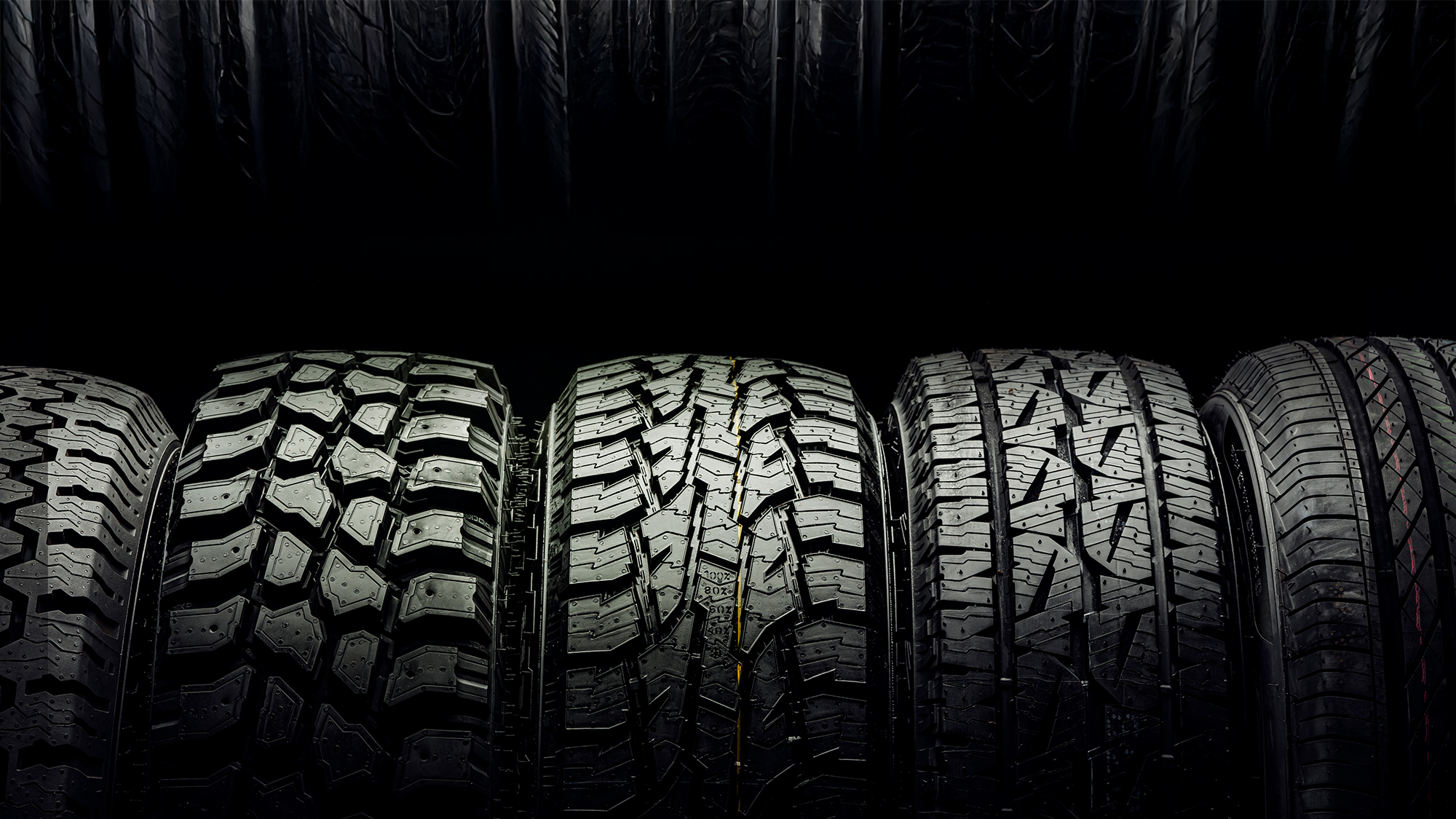Balancing design creativity with performance requirements
Developing new tire patterns requires meeting both visual and functional standards, from driving dynamics to mechanical efficiency. The process is traditionally time-consuming, as designers must manually adjust fine pattern details to satisfy engineering constraints. Accelerating this cycle—without compromising creative freedom or performance quality—was key to improving overall development efficiency.
Design parameter-based tire pattern learning
An embedding-based learning model was trained to recognize key tire components such as grooves and kerfs. A generative model, fine-tuned on internal tread pattern data and guided by design parameters, produced new variations aligned with performance targets. To improve robustness and output diversity, additional annotated tire images were integrated into the dataset for supervised learning.
Accelerating new product development by up to 50%
The system enabled rapid creation of diverse tread designs, boosting the productivity of tire designers and expanding the creative range of possible patterns. By integrating generative AI with existing performance-evaluation tools, the solution shortened new-product development time by up to 50% while maintaining design quality and engineering precision.





